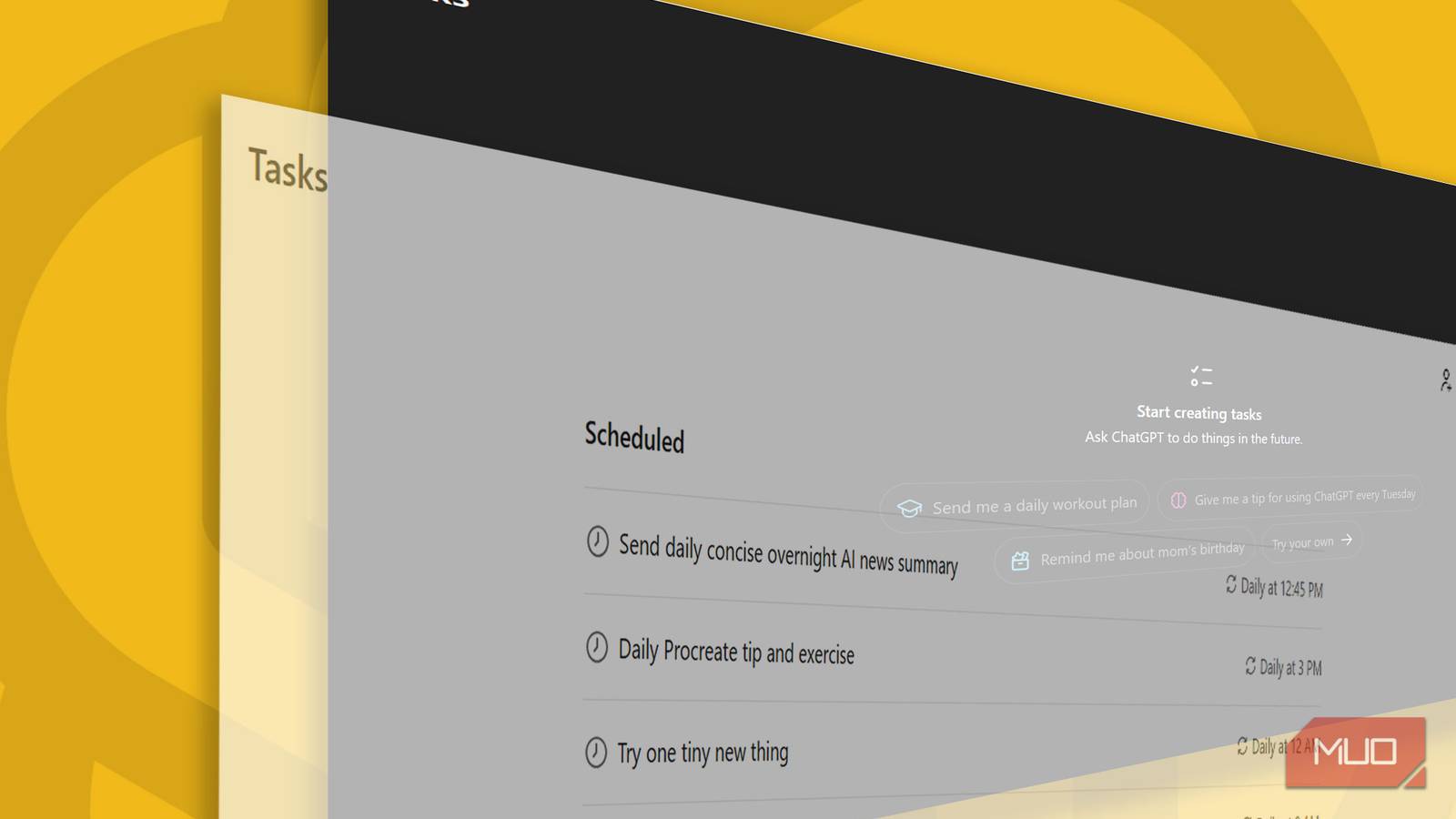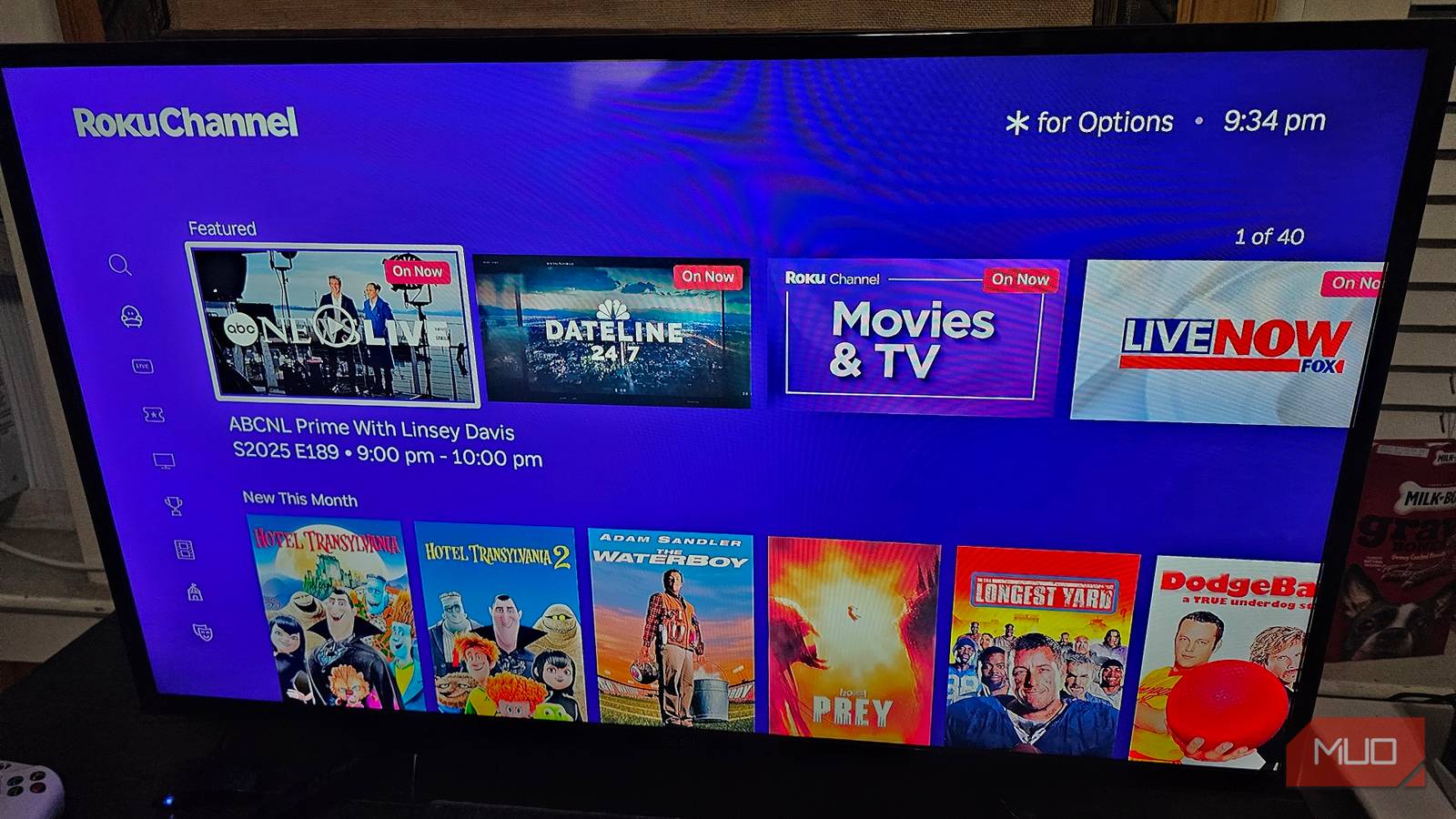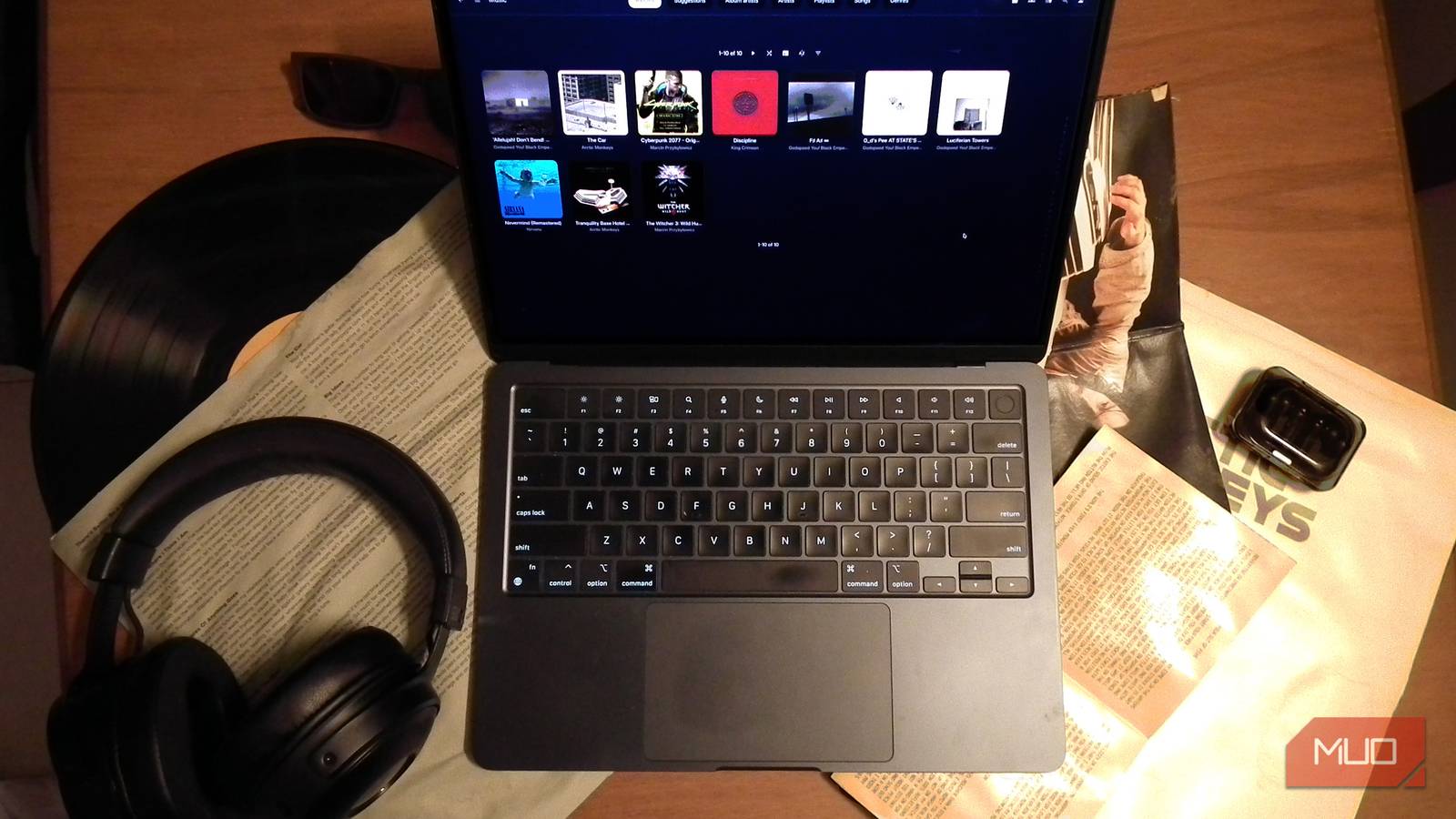Imagine this: your alarm goes off, you reach for your phone, and instead of the usual flood of emails, calendar reminders and photos, you’re greeted with a message that your account has been locked. No Gmail. No iCloud. No Google Docs, Drive, Maps history, or that two-factor authentication app you cleverly installed on the same account. Suddenly, you’re completely locked out of your digital life.
It’s not an abstract problem. Accounts get locked every day, sometimes by hackers, sometimes by accident, and sometimes because a computer somewhere thought you looked suspicious. The real question is: what would you actually do?
Step one: don’t panic
The first instinct is to spiral – but panic won’t get your photos back. Take a breath. Accounts do get restored, though the process can be frustrating. Both Google and Apple have automated recovery tools designed to help you prove you’re the real owner.
Step two: try the recovery process
Head straight to the recovery page. For Google, that’s accounts.google.com/signin/recovery. For Apple, it’s iforgot.apple.com. You’ll be asked questions – when you created the account, old passwords, recovery emails or numbers. The more accurate your answers, the better your chances.
If you’ve set up recovery options in advance (a phone number, a secondary email), you’ll thank your past self. Without them, you may be facing a waiting period of days or even weeks before you can get back in.

Step three: check your other devices
Here’s a trick many people forget: if you’re still signed in on another device, you may be able to re-establish access. Maybe your iPad, old laptop, or even a smart speaker still has a valid session.
From there, you can update passwords, change recovery settings, and secure your account before you lose that connection too.
Step four: protect what’s left
If you suspect hacking, secure everything else immediately. Change passwords for important accounts that might use the same email as a login: banking, shopping, and social media. Enable two-factor authentication where you can. If your primary account was your only authenticator, you’ll need backup codes or alternative recovery routes.
Step five: prepare for the long haul
In the worst-case scenario, you may not get your account back quickly. That means thinking about workarounds:
- Email: Set up a new address with another provider. Let your contacts know.
- Documents: If you’ve lost access to Google Drive or iCloud, dig through your devices. Many files may still be locally cached.
- Photos: Check whether they were ever synced to a computer, external drive, or shared album.
- Calendar & contacts: Exported backups are a lifesaver here, but only if you made them.


What you should do now, while you still can
Being locked out is stressful, but preventable damage is the real kicker. Think of it like digital insurance:
- Set up recovery options: phone numbers, secondary emails, and security questions.
- Download backups of your most important data. Google offers Takeout, Apple has iCloud backups you can store elsewhere.
- Use a password manager that isn’t tied to a single account, so losing one doesn’t lock you out of everything.
- Consider redundancy – maybe don’t put all your photos, documents, and authentication codes in one ecosystem.
The thing I’d regret losing most is photos – I’ve got thousands of family pictures and memories stored in the cloud. To be safe, I recommend backing everything up to a 2TB SSD, just in case you’re ever locked out of your account.
I use a 2TB SanDisk Extreme Portable SSD as a backup every so often. High-capacity drives like this are much more affordable now – mine cost around US$140 / £130.
So, if tomorrow morning you did wake up locked out, you’d hopefully have a plan: a backup email, a recovery phone number, files and images stored somewhere safe. Because the truth is, the only real fix is preparation. Once you’ve been through the nightmare once, you’ll never skip those recovery prompts again.
Liked this? Got an Intel-based Mac? Here’s why you’ll want to replace it over the next couple of years














